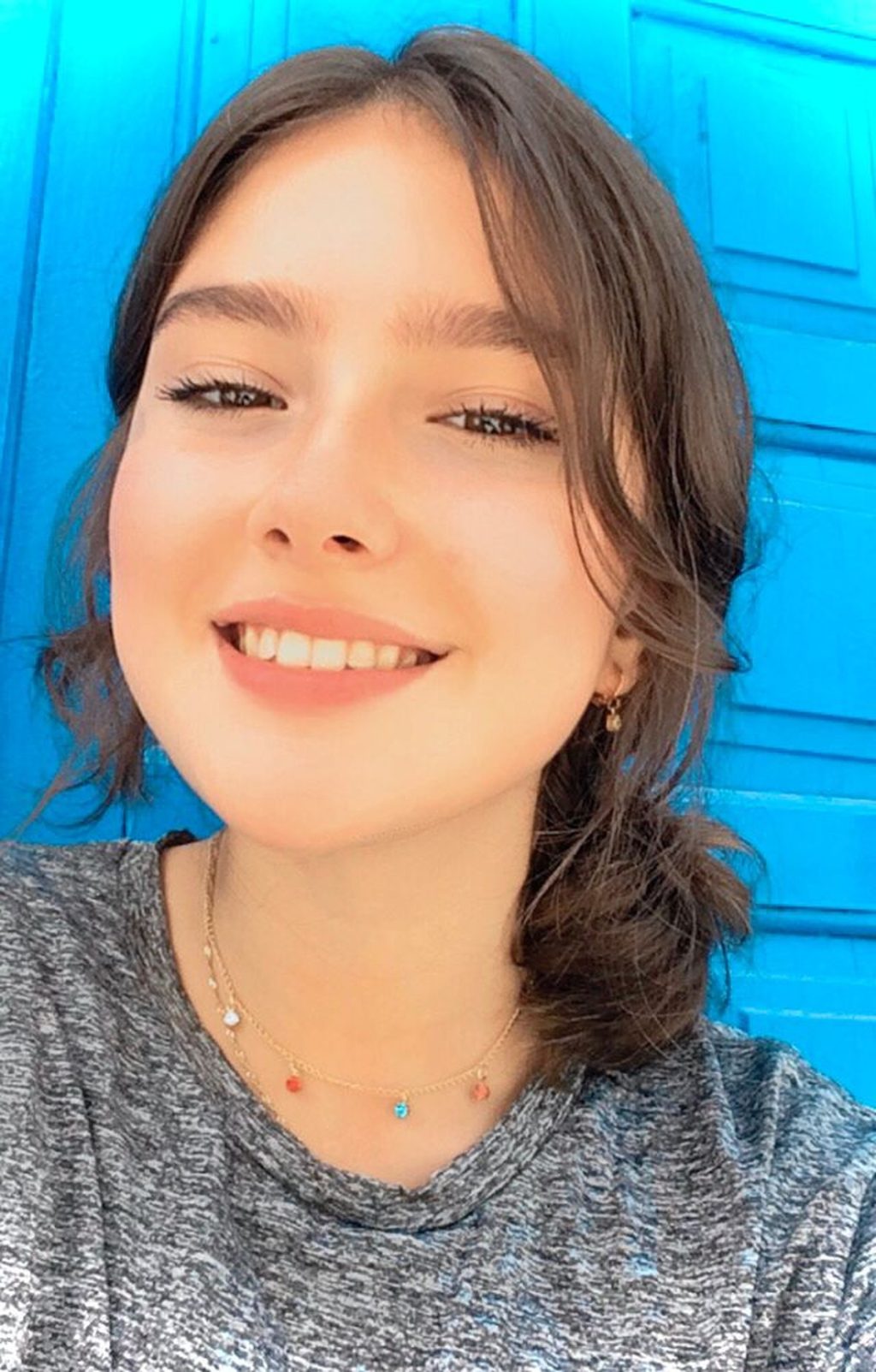Rosa Maria Miranda, 14 years old, from Santa Catarina, Seven potential asteroids mapped so far. A ninth-grade student at Colégio de Aplicação, Universidade Federal de Santa Catarina (UFSC), made the discoveries while participating in a program in NASA’s International Astronomical Research Collaboration (IASC).
- Share this news on WhatsApp
- Share this news on Telegram
The data you generated will now be analyzed and submitted to the Minor Planet Center, the world’s official asteroid data repository. If the discoveries are confirmed, can be detected. in a According to the UFSC, The whole process can take anywhere from 6 to 10 years.
The young woman is passionate about astronomy, and is part of the project “MCTI Asteroid Huntsman”It is a program in partnership between the Ministry of Science, Technology and Innovations and the US Space Agency. According to Rosa Maria, discovering things is the result of an interest in the universe since childhood.
“Since I was a kid I was always very attached to the sciences. I started taking a lot of courses and one of my first astronomy and astronautics courses at UFSC was an extra course. Then I did general astrophysics and got involved in a lot of projects”, explains.
- New species of ants were named to honor women; make the difference
- SC student scores 980 points in Enem 2021 essay: ‘I was very happy with the result’
the “asteroid hunting“It is implemented by the NASA platform that provides images from a telescope at the University of Hawaii. The images are distributed to registered teams and analyzed by program participants in a virtual manner.
Images of a possible asteroid – Photo: UFSC / Disclosure
Even before she appears in asteroid mapping, Rosa Maria collects highlights. One of them was participation in the first Brazilian satellite Olympiad, Obsat.
With three other students from the school, she Development of a nano-satellite to monitor carbon dioxide (CO2) levels in the stratosphere above the country’s mangrove forests.
The project was selected second in the Primary School II category and is in the implementation phase. According to the teenager, the proposal is to develop and test a small satellite. If the results are positive, a larger object is launched into space by a balloon and the data is collected.
“We found out about the Olympics project at the last minute, so we had to build it in a week. It was very hasty, we thought of many ideas, but we ended up with a very cool solution. I am very proud,” he said.
Videos: Most viewed in g1 SC in recent days
See more state news at g1 sc

“Hardcore beer fanatic. Falls down a lot. Professional coffee fan. Music ninja.”


![[VÍDEO] Elton John’s final show in the UK has the crowd moving](https://www.tupi.fm/wp-content/uploads/2023/06/Elton-John-1-690x600.jpg)



More Stories
The Director of Ibict receives the Coordinator of CESU-PI – Brazilian Institute for Information in Science and Technology
A doctor who spreads fake news about breast cancer is registered with the CRM of Minas
The program offers scholarships to women in the field of science and technology